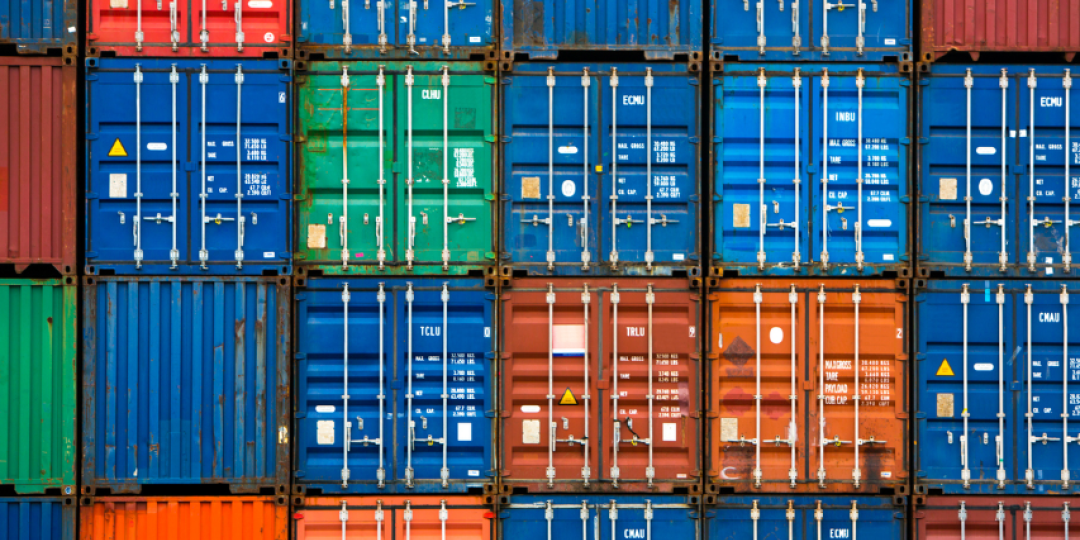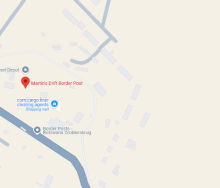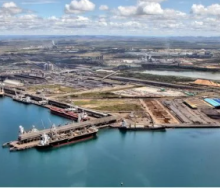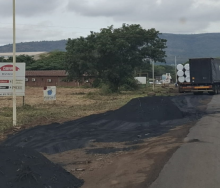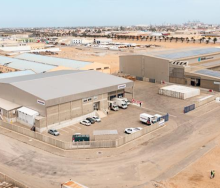A trifecta of shipping disruption – war in Ukraine ‘celebrating’ its second anniversary on February 29 and its continued impact on sea trade in the Black Sea, the Suez Crisis caused by Houthi militants in the Red Sea and Gulf of Aden, and the drought in Panama affecting Canal traffic – is driving TEU growth.
The latest box data from Drewry shows that the global container fleet has grown one per cent to 51.5 million TEUs towards the end of last year, most likely driven by a late surge in equipment inventory as lines started feeling the lag from vessel attacks around the Bab al-Mandab Strait.
At that stage newbuilds in the box business were still in decline, the maritime consultancy said.
With the escalation of vessels coming under attack by Iran-backed militants south of the Suez Canal, ongoing conflict affecting Black Sea trade and vessel transit buildup at the Panama Canal, container manufacturing continues to increase.
Fleet expansion is adding to this picture, Drewry reports, with expectations pointing to 2.3% growth in newbuild orders during the remainder of 2024.
The accelerating uptake of TEU boxes idling in shipping yards is also not registering in newbuild container inventory as the push for equipment availability continues unabated.
Various sea trade platforms are reporting that geopolitical events and operational constraints have exposed the liner shipping industry’s vulnerabilities and those of its customers, especially on two trade lanes – the Suez and Panama.
“In January, the number of containership transits around the Cape had risen to 605, up from 164 a year ago, while the number of voyages through the Suez Canal over the same period declined to 62 compared to 328 in January 2023,” Drewry’s AIS analytics has found.
“Voyage delays arising from a Cape diversion range from 10 days for vessels heading to Northern European ports such as Rotterdam to 15 days for Mediterranean ports such as Genoa.
“"In the case of the Panama Canal, which mainly affects the trade between Asia and the US East Coast, ocean carriers are using various options, including discharge at US West Coast ports and intermodal services to the East Coast, land-bridging via the Panama Canal railway and sailings from Asia via the Cape of Good Hope.
“While the impact of disruption in the Panama Canal is not proving to be as significant as that of the Suez Canal, it is estimated that between six-and-seven million TEU have been affected by the two incidents."
